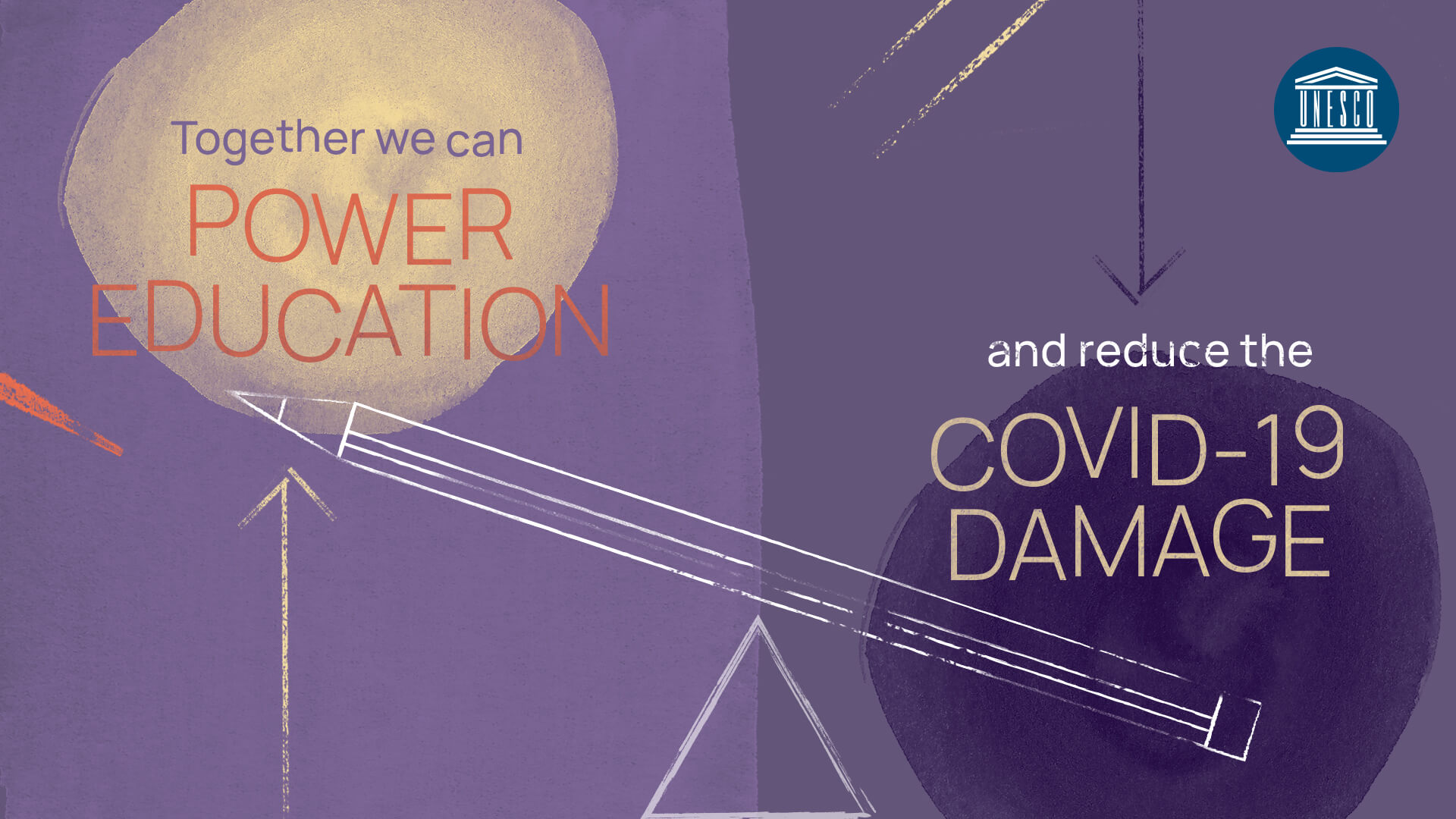International Day of Education, which is celebrated annually on January 24, 2020, is intended to build global relationships with the common goal of making education equal and accessible for young people worldwide. This year’s theme, ‘Recover and Revitalize Education for the COVID-19 Generation,’ asks leaders to continue investing in education efforts, which many feel is central to a strong recovery from the pandemic.
From the medical education standpoint, there are many young people interested in becoming physicians at present. While the pandemic has brought us overfilled hospitals and overworked healthcare professionals this period also saw an overabundance of medical school and residency applications across the U.S. While a strong interest in medicine now is promising, it’s hard to tell if it’s permanent given the financial investment and low acceptance rates associated with education requirements. To solidify an interest in medicine among future generations, we need to help build a strong education foundation now.
Limitations of Remote Learning in Impoverished Communities
Education models look very different now than they did a year ago. This time last year, students were attending in-person classes, which allowed for one-on-one instruction and plenty of interaction. Now, most K-12 education courses take place online, which poses many challenges.
For many third-world countries, little to no internet access has made online learning models relatively impossible. Only 1 in 5 low-income countries offer remote learning courses, according to UNICEF. For the 80% of countries that would benefit from introducing online learning models and infrastructure to support them, COVID-19 has shrunk budgets that could have been utilized for this.
To combat technology limitations, many schools in third-world countries have created radio and television programs for students to watch during the day. Although this option is better than nothing, these platforms lack engagement, personalized curriculum, and accountability. According to The World Bank, there are concerns that limited access to education, as caused by the pandemic, will reverse progress previously made in the way of limiting child marriages and early pregnancies within these communities. Projections show that the learning poverty rate around the world may increase by a total of 10% in the coming months, putting the overall learning poverty rate at 63%. If this figure is accurate, it means over 2/3 of 10-year-olds around the world are unable to read or write.
Limitations of Remote Learning in Developed Countries
While young people in developing countries lack the tools for educational success during the pandemic, educators and students in developing countries with resources at their disposal are running into roadblocks as well. Problems for this population come in the form of managing learning, from creating engaging courses to monitoring student progress and holding individuals accountable for their learning.
Most online learning relies heavily on lectures, making it difficult for students, especially visual learners, to retain and understand what is being shared. Such formats can feel monotonous and mean that students don’t have the opportunity to test out or practice what they are learning. Hands-on areas of learning like science and physical education are two areas where lectures fall short.
For many students, grades are dropping, and attendance is slipping. The math scores of one-third of U.S. eighth-graders have fallen, and reading scores have plateaued. Without one-on-one instruction or administration to deal with school absences, some students struggle to put their education first.
For children with disabilities and early year students like kindergarteners, learning responsibilities are falling on parents. Because these students may need more assistance, parents must be present. This can be hard for those balancing jobs or who do not ordinarily work from home.
Plans to Overcome Education Obstacles
To overcome the issues remote learning models present, world leaders are being asked to protect and grow education budgets, focus on creating inclusive learning plans, and, if possible, work to reopen schools for in-person learning if and when it is safe to do so.







Leave A Comment